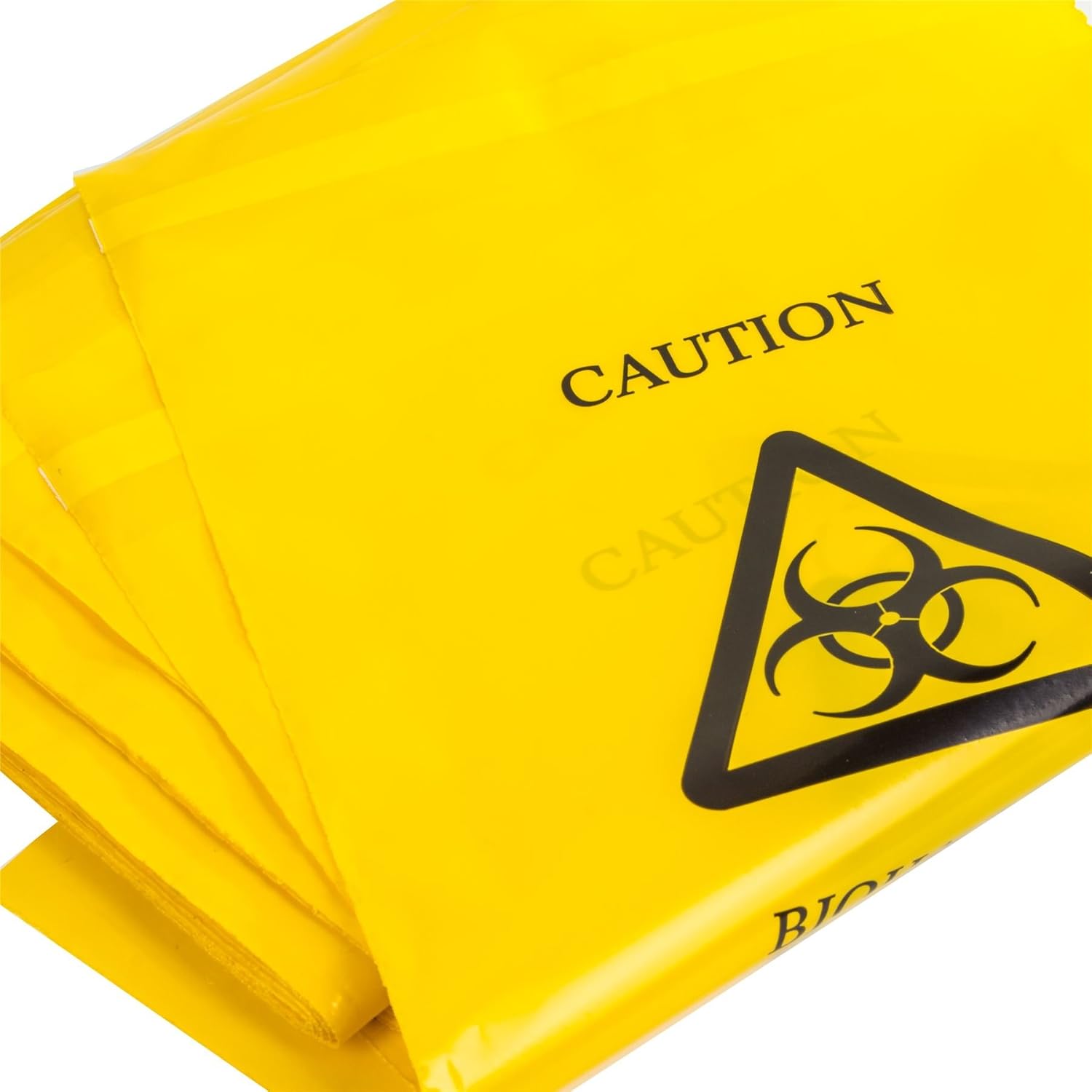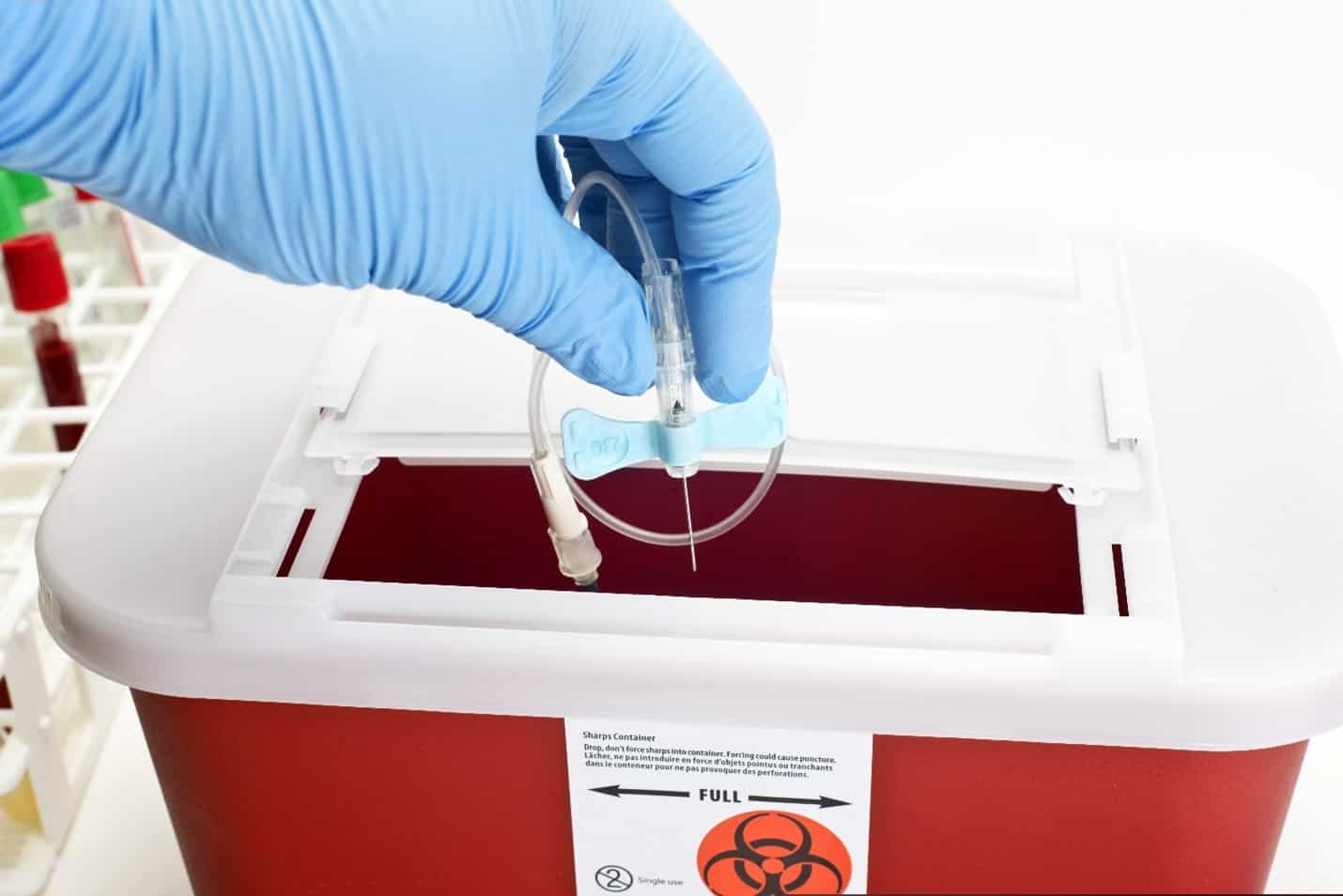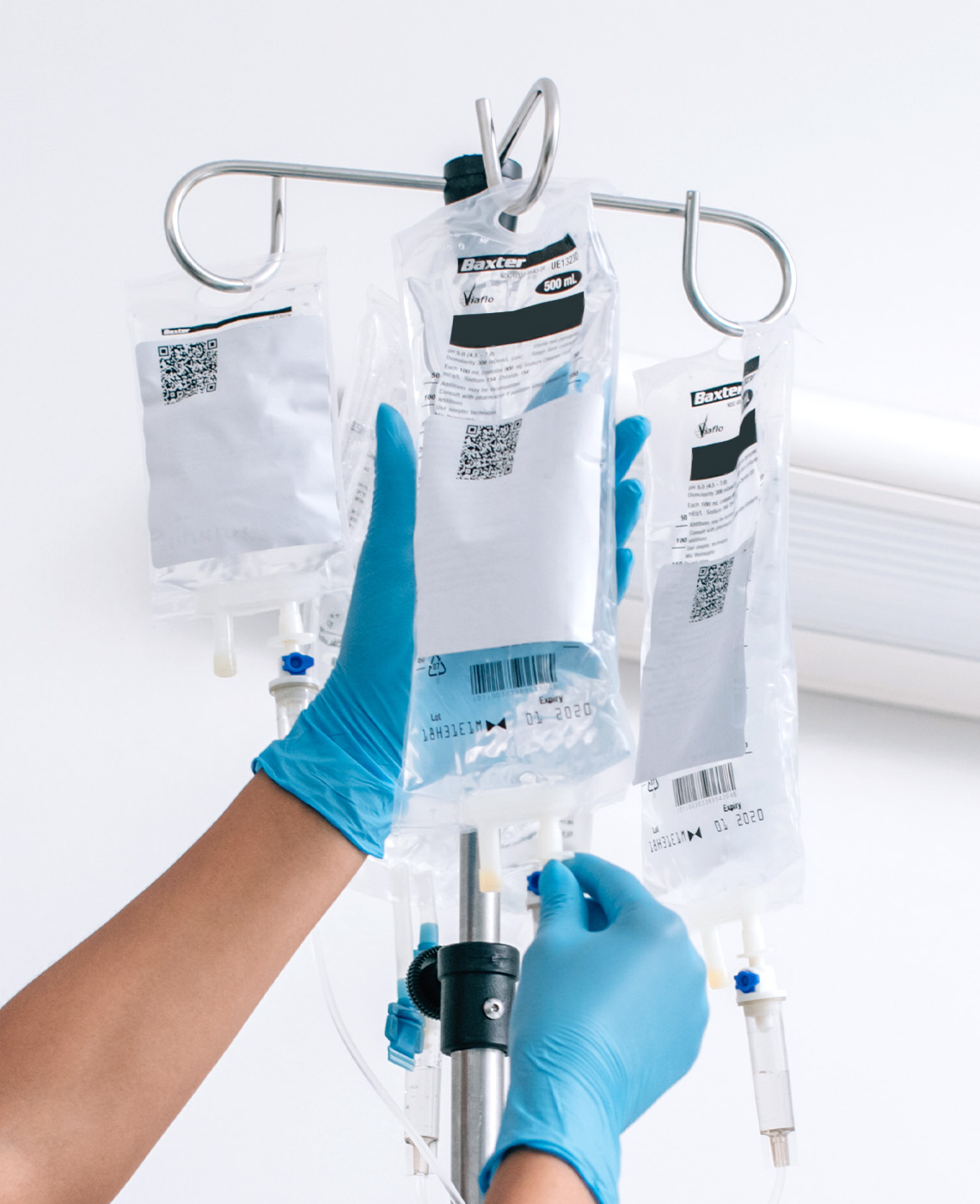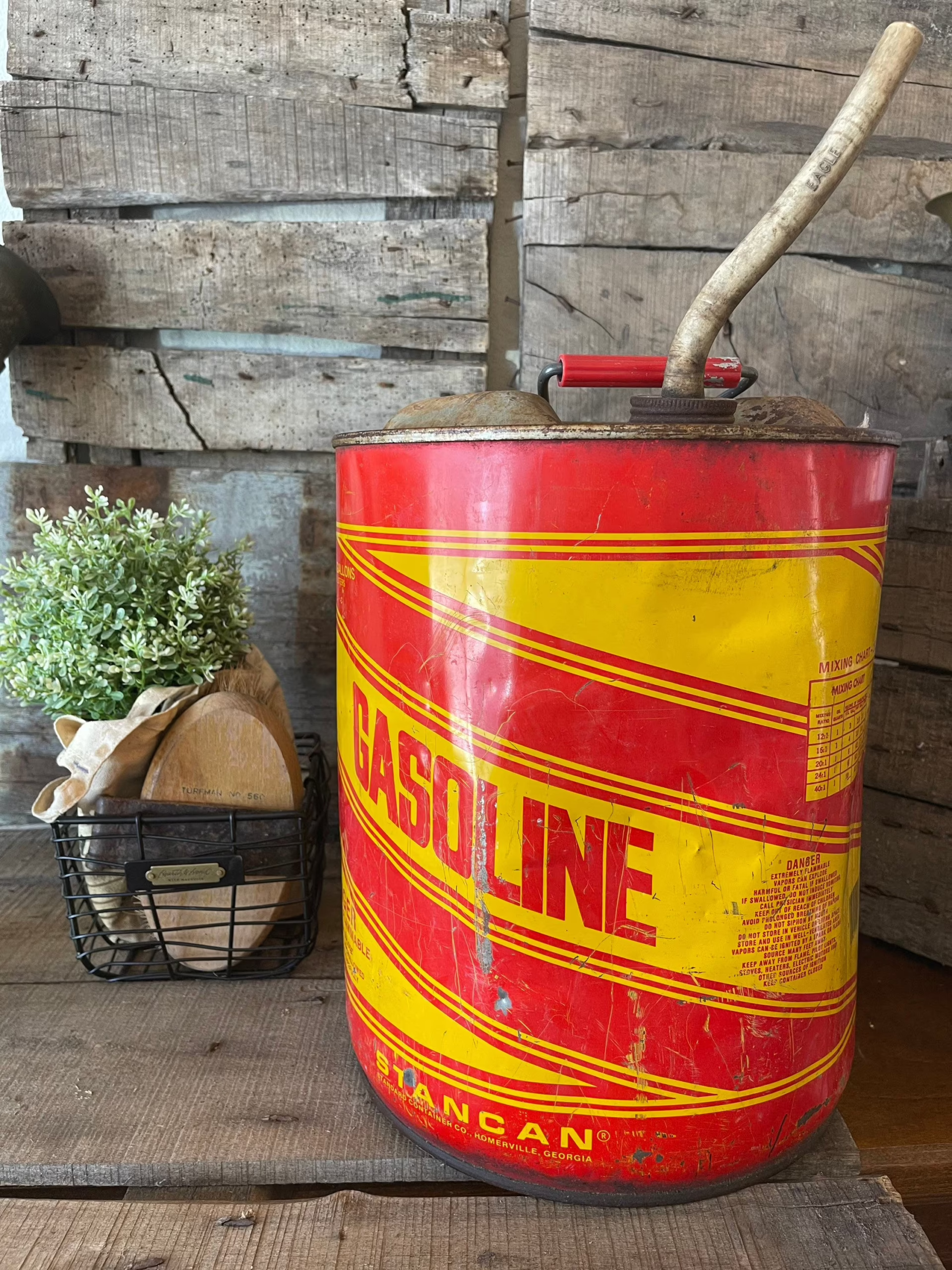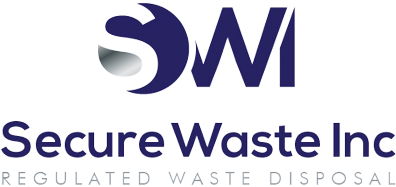What Are Yellow Biohazard Bags Even Used For?
Medical waste is the byproduct of healthcare facilities like hospitals and clinics. It often contains materials like blood, body fluids, and other potentially infectious substances. This includes items such as discarded needles, syringes, and human tissues.
Properly managing this waste is crucial, as it can harm human health and the environment. To ensure safety, yellow biohazard bags are an effective way to contain and segregate Biohazard medical waste.
By taking these responsible steps, we can protect our communities and the planet while promoting a healthier future for everyone!
Using Yellow Biohazard Bags:
Yellow biohazard bags are essential for safely disposing of clinical waste like swabs, dressings, and soiled gloves.
They also handle IV lines, fluid bags, and other medical disposables, ensuring a clean and safe environment for everyone. Together, we can maintain health and safety in our facilities!
You Should Never Put in Yellow Biohazard Bags.
Yellow bags are meant exclusively for clinical and infectious waste with chemicals and pharmaceutical medicines.
Please remember not to include pathological, anatomical, domestic, non-infectious, or placental waste in these bags. Let’s keep our disposal practices safe and efficient!
Essential Tips for Safely Handling Yellow Biohazard Bags: The Do’s and Don’ts
When managing yellow biohazard bags, following best practices to ensure safety and compliance is crucial. Here are some engaging do’s and don’ts to keep in mind:
- Do’s:
Always Wear Protective Gear:** Equip yourself with gloves, goggles, and masks to shield against potential hazards. - Seal Before Disposal: Ensure each bag is securely tied or sealed to prevent leaks or spills.
- Label Clearly: Mark each bag to indicate its contents for easy identification and proper handling.
- Follow Local Regulations: Familiarize yourself with your local disposal guidelines to ensure compliance with safety standards.
- Don’ts:
Avoid Overfilling Bags: Never pack biohazard bags beyond their capacity; this can lead to rupture and exposure. - Don’t Mix Other Waste: Keep biohazard materials separate from regular waste to maintain safety protocols.
- Never Reuse Bags: Once a biohazard bag has been used, dispose of it promptly. Reusing can compromise safety.
- Don’t Ignore Spills: If a bag leaks or spills, address it immediately using proper cleanup procedures and report the incident as needed.
By following these do’s and do n’ts, you can contribute to a safer environment while handling biohazard materials!
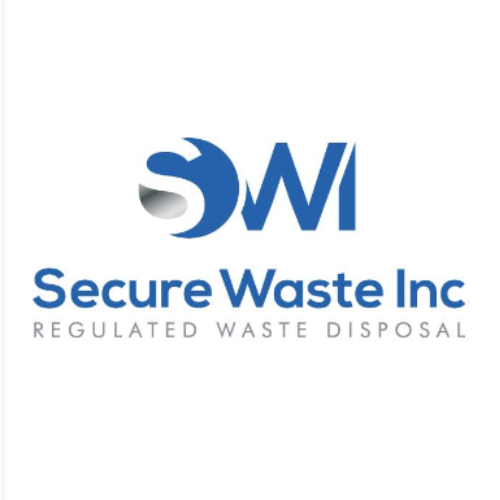
Expert Medical Waste Management: With over 25 years of industry experience, Secure Waste is a trusted local leader in hazardous and biohazardous waste disposal across Maryland, Virginia, and Washington, D.C. Specializing in medical waste management, sharps needle disposal, and biohazard waste removal, the company ensures full compliance with federal, state, and local regulations while prioritizing environmental sustainability.
The company also offers additional services, including secure document shredding and sharps container sales, providing comprehensive solutions for healthcare facilities and businesses. Our cost-effective services help clients maintain regulatory compliance without unexpected costs.
With a commitment to customer satisfaction, Secure Waste offers tailored waste management plans that align with industry best practices. Their team of experts provides reliable, timely, and compliant services, making them the preferred choice for medical waste disposal. For a free waste quote or more information, visit www.securewaste.net
